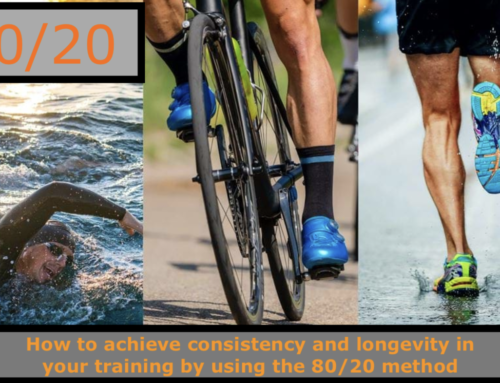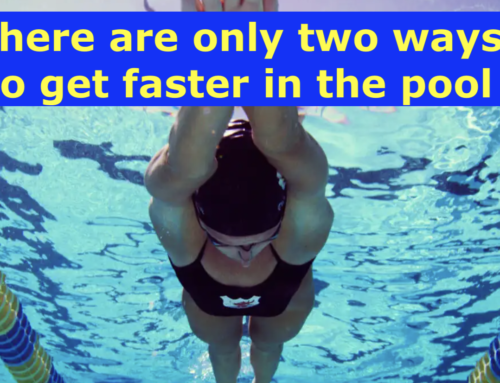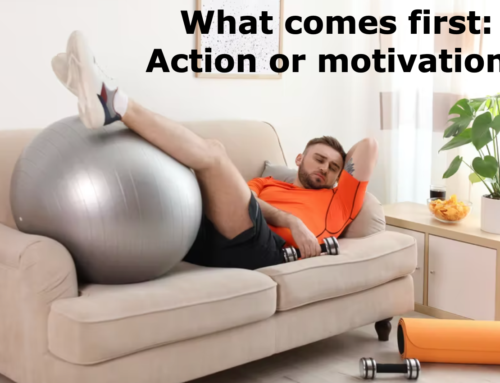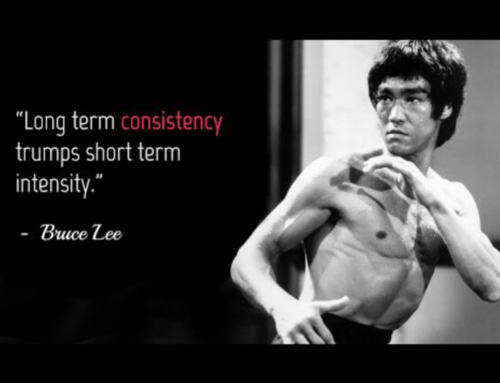“The starting point for any triathlon distance is slowing your swim and your bike down to the point where you’re able to deliver your run performance that you do in training, on race day.” This was a comment from recent podcast guest Gordo Byrn, and it ties in with 2 post-race statements I frequently hear from Ironman finishers:
“I had a great run. I could have gone faster on the bike!”
“My bike was great, but my run sucked!”
Your time is captured when you cross the finish line, and there are generally no prizes for having the fastest bike split! At a standard distance race, you might lose a few minutes on the run if you smash the bike. In a long distance event, you could lose over an hour on the run if you smash the bike.
What’s the secret to having a great Ironman run?
Learning how to slow down on the bike is the secret to having a great run in Ironman. Which means that in a well paced race, your swim and bike will feel pretty comfortable relative to your capacity.
How do you know your ideal effort level on the bike?
- If you have power, your ideal effort level is approximately 65-70% of your FTP. CAUTION: The longer the ride is likely to take, the lower that figure will be.
- If you use HR, your ideal effort level will be roughly 65-70% of your cycling maximum heart rate.
- If you’re old school and use RPE, your ideal effort level will be if you’re constantly thinking, “This bike feels too easy!”
- If you’ve completed a few 140.6 races, you can look at your historical race data. If you had a great run, you probably paced the bike just right. This is a good starting point.
It’s important to practice this in training. On race day, you need discipline to hold yourself back.
To hear more from Gordo Byrn, you can listen to the full podcast HERE.
P.s. If you want to know more about how to excel at your first Ironman, you can go here to download a free e-book I’ve put together.







Leave A Comment